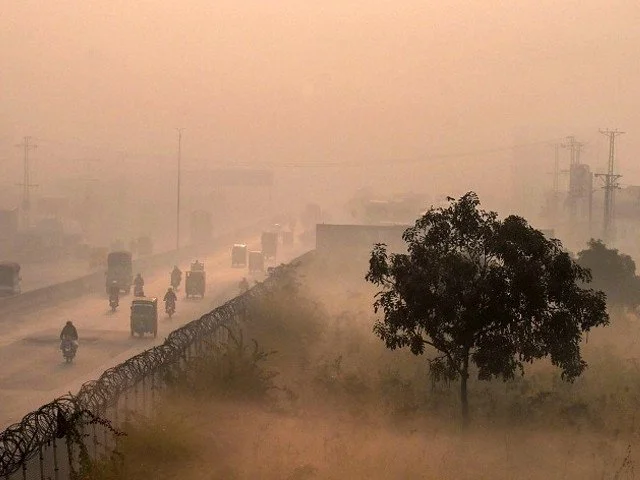
Last Updated on October 1, 2024 by Saddam Hassan Khan
Smog is a type of air pollution that is caused by the burning of fossil fuels. Smog can cause a variety of health problems, including respiratory problems and heart disease.
In some cases, smog can even be deadly.
What is smog?: definition and explanation
Smog is made up of a mixture of pollutants that can harm your health. These pollutants come from many different sources, including automobiles, power plants, and factories. Smog
can also form when certain chemicals react with each other in the air.
Smog is most common in cities or other areas where there are a lot of people and industries. This is because these areas have more pollution sources, such as cars and factories. Smog can also happen in rural areas during times of the high temperature and low wind speed. This happens because the pollutants have nowhere to go and just stay in the air.
People who breathe in smog can have problems with their respiratory system, including coughing, wheezing, and difficulty breathing. Smog can also aggravate existing health conditions like asthma and heart disease.
The history of smog: how it started and how it’s changed over time
It is made up of tiny particles of soot, ash, and other pollutants that can cause respiratory problems, heart disease, and cancer.
Smog was first observed in London in the early 1900s. At that time, coal was the primary source of fuel for homes and businesses, and the city was covered in a thick layer of soot from the burning of coal. The air pollution was so bad that it caused respiratory problems and even death.
Over the years, smog has become less common in developed countries as we have switched to cleaner sources of energy. However, it is still a problem in many developing countries where coal is still burned for fuel. In China, for example, smog levels are often dangerously high, leading to health problems for millions of people.
The effects of smog on human health: short and long term
The effects of smog on the environment: local and global
Smog is a type of air pollution that is created when sunlight reacts with emissions from cars and factories. Smog can cause a variety of health problems, including respiratory infections, headaches, and irritation of the eyes and throat. Smog also contributes to global warming by trapping heat in the atmosphere.
In cities where smog is a problem, measures have been taken to reduce emissions from cars and factories. These measures have helped to improve air quality and reduce health risks. However, smog remains a problem in many parts of the world, particularly in developing countries where environmental regulations are not as strict.
Smog has both local and global effects on the environment. It harms human health, contributes to climate change, and damages vegetation and buildings. Reducing emissions from cars and factories is essential to mitigating these effects.
Steps we can take to reduce smog
Smog is made up of a mixture of smoke, dust, and chemicals. Smog can cause a variety of health problems, including respiratory problems, eye irritation, and headaches. There are a number of steps we can take to reduce smog.
First, we can use less energy. This means using public transportation instead of driving, carpooling, walking or biking when possible, and turning off lights and electronics when we’re not using them. Second, we can switch to clean energy sources like solar and wind power. And finally, we can support businesses and organizations that are working to reduce smog.




[…] Danger of Smog […]
Comments are closed.